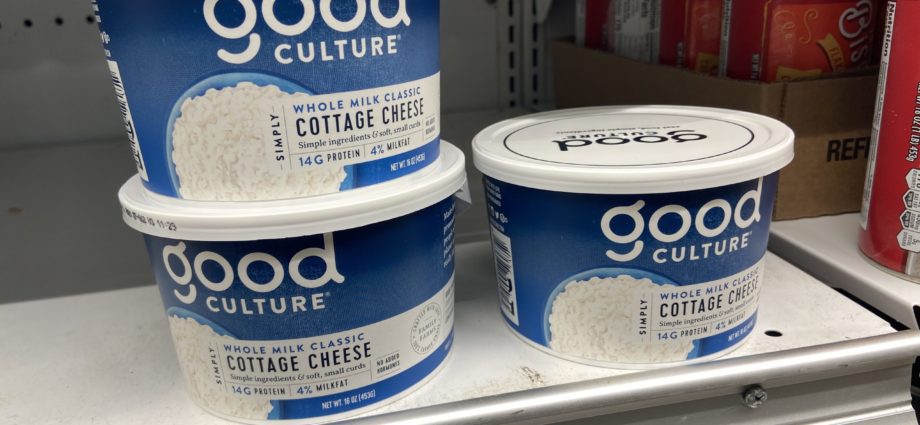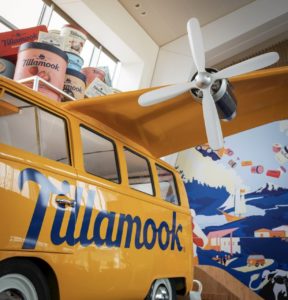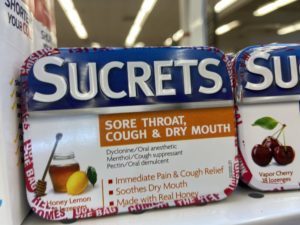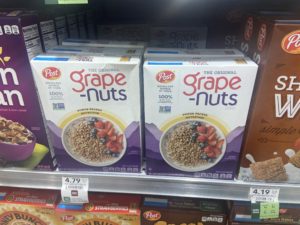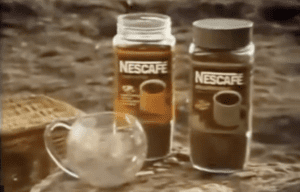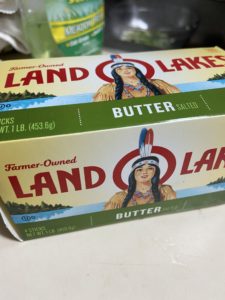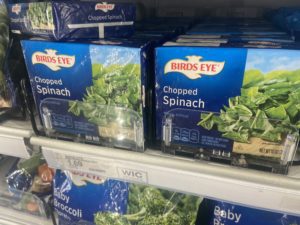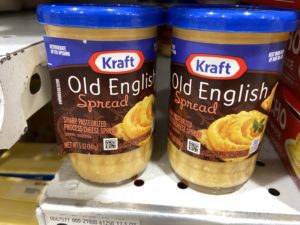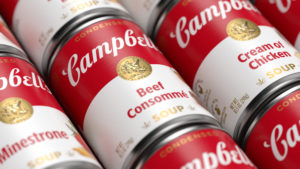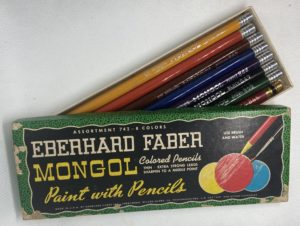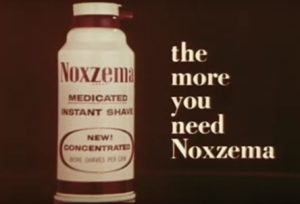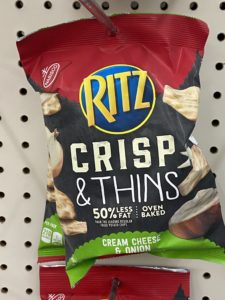IRVINE, CALIFORNIA – Many well-known brand leaders in food categories have degraded ingredients and changed formulas, leaving openings for newcomers. Enter Good Culture cottage cheese. For cottage cheese fans, store offerings in recent decades had become cheapened; not only dripping in a goop of watery liquid, but bland and milky.
Cottage cheese isn’t the only dairy area where market leaders have slipped. Dannon, for instance, was an emblem of good packaging (wax paper containers, basic ingredients) and quality. It has lost the basic mixable yogurt category to Chobani. Yoplait, again founded on basic ingredients, added fake sugars and chemical factory ingredients. They even tried Skittles flavors, creating a sickening offering.
Kraft has turned itself into to a packaged shelf stable food brand, and away from its ownership of dairy aisle cheese. Other brands that have disappeared include Sealtest and Richfood. Not to mention, hundreds and hundreds of local dairies.
For decades, brands like Breakstone’s led as a brand of cottage cheese. The company dates from 1882, when two Lithuanian immigrants named Joseph and Isaac Breakstone opened a dairy store in Manhattan. While dozens of regional cottage cheese and sour cream brands existed, it was Breakstone’s that endured on the East Coast. It was eventually purchased by Kraft. But KraftHeinz actually abandoned actual cheese last fall, a grievous mistake.
Lactalis Group purchased Kraft’s dairy aisle brands, including Breakstone’s and Cracker Barrel, Knudsen, Hoffman and a perpetual license for the use of the Kraft brand in natural, grated and international cheeses. Lactalis also acquired the Cheez Whiz brand outside the United States, Canada, Mexico, Venezuela and the Philippines and a license for the use of the Velveeta brand in natural and international cheeses. The acquisition by the unfortunately named Lactalis includes approximately 750 employees and three production facilities located in Tulare, CA, Walton, NY and Wausau, WI. Lactalis Group is the world’s largest dairy company, French-family business founded in 1933 in Laval, France and 52 other countries, with 270 manufacturing facilities throughout the world.
Back to Cottage Cheese
Most often, cottage cheese and dairy products are sold as a store brand, and dairies take a commodity approach. Those of us who loved cottage cheese suffered.

Good Culture (we are using capital letters in the name) cottage cheese founders Jesse Merrill and Anders Eisner saw cottage cheese as an “overlooked and undervalued category” that could “reinvigorate the dairy aisle with the first certified organic, grass-fed, stabilizer and additive free cottage cheese.”
Merrill’s moment of inspiration was his ulcerative colitis; his research indicated that the production of the food that he ate had an effect on autoimmune gut disease. Changing his diet was the cure.
Merrill is a former vp of marketing for Honest Tea. Co-founder Eisner is the son of ex Disney C.E.O. Michael Eisner. They took what was an undervalued category, and found a product that could be made better with the more careful production and ingredients.
We searched for a great-tasting cottage cheese that wasn’t loaded with additives, hormones, and milk from confined animals, and ultimately decided to create our own. It was time to disrupt the very sleepy cottage cheese category with relevant innovation for today’s and tomorrow’s consumer.
CEO and co-founder Jesse Merrill
The whole dairy aisle is ripe for innovation, starting with milk, which now seems to go bad quickly, no matter whether it is a store brand, or a regional dairy. Because of the issue of freshness, milk needs to be sourced locally, and not transported over long distances. The whole production of milk needs reinvention, too. Schools must reintroduce whole milk, under branded local dairies that they can visit on school trips. The solution is that every region should have its own regional milk brand, with locally milked cows. Cheeses can travel distances, but milk cannot.
The entire image of dairy also suffers. The reality is that anyone with genes from Northern Europe needs a diet rich in dairy foods. And cows, raised in a sustainable manner, are the answer to many climate ills. The milk industry, in particular, has not done enough to point this out. One herald of sanity is the Twitter of @NYfarmer, who understands the complexity of the issues and political solutions.
To find out more about dairy brands in BrandlandUSA:
- Read more in Dairy Industry Needs a Micro-Brew Makeover
- See how Safeway has reinvigorated its Lucerne dairy house brand.
- Check out the regional Driftwood Dairy of California.
Another source of education on cows and dairy is the movie Sacred Cow, available on Amazon. The lessons in that movie are about beef, but all the points in the movie apply equally to the dairy industry.

